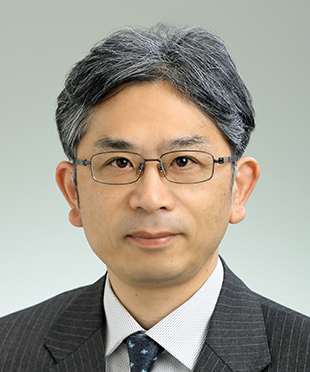Nanoscale Flow Research Division
Biological Nanoscale Reactive Flow Laboratory

ProfessorTakehiko Sato

Assistant ProfessorLIU Siwei
Low-temperature plasma flow at atmospheric pressure can easily generate and transport heat, light, chemical species, charged particles, and shock waves. Leveraging these capabilities, we are conducting research on plasma medicine and charged bubbles. Additionally, we are developing technology to generate nanometer-scale water droplets and accelerate them to high speeds for cleaning and sterilizing at low temperatures, without wetting, using only a small amount of water. Through these researches, we are investigating the interactions between plasma flow and living organisms, and nano-fluid phenomena. Our goal is to advance the fundamental science and promote the societal implementation of cutting-edge plasma medical technologies and innovative water utilization methods, ultimately creating next-generation solutions to protect human health.
Cutting-Edge Plasma Medicine: Regulating Cellular Responses through Plasma Complex Stimulation
We are advancing the fundamental principles and applications of cutting-edge plasma medicine. While research on the activation or inactivation of cancer cells through plasma has primarily focused on the effects of chemically active species generated by plasma, our laboratory takes a different approach. We investigate cellular responses in detail, aiming to clarify the impact of electrical and ultraviolet radiation-isolating these effects from the influence of powerful chemical species. Additionally, we explore the synergistic effects of chemical species, electricity, and ultraviolet radiation.
 Formation of actin filament by exposure to nanosecond pulsed currents.
Formation of actin filament by exposure to nanosecond pulsed currents. Elongation of cancer cells by exposure to nano-second pulsed current.
Elongation of cancer cells by exposure to nano-second pulsed current.
Innovative Water Use with High-Speed Nanodroplets: A Technology for Cleaning and Sterilizing at Low Temperatures with Minimal Water and No Wetting
We have discovered that by jetting pressurized air mixed with water vapor through a nozzle, generating high-speed nanometer-scale water droplets via condensation, we can clean and sterilize surfaces without causing wetting, using only a small amount of water. The photographs show biofilm-producing bacteria that have been sterilized and removed by high-speed nanodroplet treatment (right) though a conventional antimicrobial treatment (left) and high-pressure gas injection treatment (middle) are not capable of sterilization and removal. Our goal is to understand further the characteristics of high-speed nanodroplets and their mechanisms of cleaning and sterilization, as well as to advance their practical application and societal implementation.
 SEM images of biofilm-producing Staphylococcus aureus on artificial blood vessels after antimicrobial treatment (left), high-pressure gas injection treatment (middle) and high-speed nano-droplet treatment (right).
SEM images of biofilm-producing Staphylococcus aureus on artificial blood vessels after antimicrobial treatment (left), high-pressure gas injection treatment (middle) and high-speed nano-droplet treatment (right).
(Photo: Courtesy of Professor Shigeru Fujimura, Tohoku University of Medical and Pharmaceutical Sciences)
Elucidating the Generation and Dynamics of Charged Cavitation Bubbles and Their Cutting-Edge Applications
The goal of this project is to generate plasma in laser-induced cavitation bubbles in order to clarify the pressure and characteristics of these bubbles, which have been challenging to measure until now. The plasma-induced charging within the bubble creates a significant electrical force and a high electric field during the bubble contraction process. We are focused on developing methods to harness this new functionality for micro high-energy sources and innovative bio/medical applications.
 Dynamics of the charged laser-induced cavitation bubble. Selected frames of an image sequence with the applied voltage of 5kV (with discharge case) and no applied voltage (without discharge case).
Dynamics of the charged laser-induced cavitation bubble. Selected frames of an image sequence with the applied voltage of 5kV (with discharge case) and no applied voltage (without discharge case).

 Mr. Jiun-Shian Lee (Biological Nanoscale Reactive Flow Laboratory, D2) has received the “Excellent Poster Presentation Award” at the 8th Japan-Taiwan Workshop on Plasma Leading Science and Technology (8th JTPL 2024) (2024/12/15).
Mr. Jiun-Shian Lee (Biological Nanoscale Reactive Flow Laboratory, D2) has received the “Excellent Poster Presentation Award” at the 8th Japan-Taiwan Workshop on Plasma Leading Science and Technology (8th JTPL 2024) (2024/12/15). Special Lecture (28 June 2024)
Special Lecture (28 June 2024) Special Lecture (22 February 2022)
Special Lecture (22 February 2022)